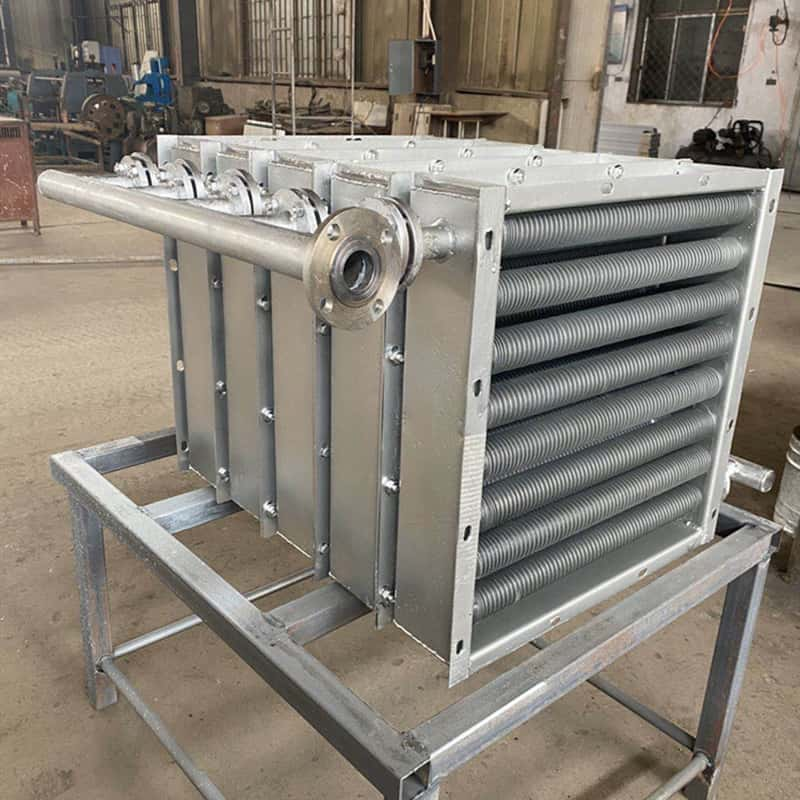The air-cooled heat exchanger is a kind of cooler, which is characterized by using air as the heat exchange medium to exchange heat, and the heat is taken away by the air, so it is also called air cooler.

The heat dissipation of the cooler firstly depends on the heat dissipation area of the heat dissipation parts. Simply put: the same heat dissipation area, the larger the air volume, the better the heat dissipation; the same air volume, the better the heat dissipation.
The larger the thermal area, the better the heat dissipation. In order to improve the cooling and heat dissipation performance of the air cooler, it is recommended to start from two directions.
First, try to choose a large heat dissipation area. Increase cooling fan speed.

According to thermal principles, there are two main factors affecting heat dissipation:
1. Heat dissipation area and air velocity
In fact, other heat dissipation methods can also be fully utilized to enhance the cooling effect. To increase the cooling rate, the speed and direction of the airflow are key.
2. Air cooling device
The air cooling unit can be installed vertically or horizontally. The first consideration of the installation method is where to send the hot air through the cooler. The general equipment is installed on the equipment protected by the shell.
When the machine is running, the internal temperature of the equipment is higher than the external temperature, and the heat of the cooler is dissipated through the surface of the radiator. At this moment, if the outside cooling air flows naturally, the radiator will.

In addition to cooling due to wind speed, it also makes good use of convection heat dissipation and uses radiators to absorb heat.
Air coolers are widely used in hydraulic stations, CNC machine tools, construction machinery, wind power equipment, port machinery, plastic machinery, metallurgical machinery, shipbuilding and other industries.
Cooling liquid extraction system, such as hydraulic system, lubrication system, etc.
